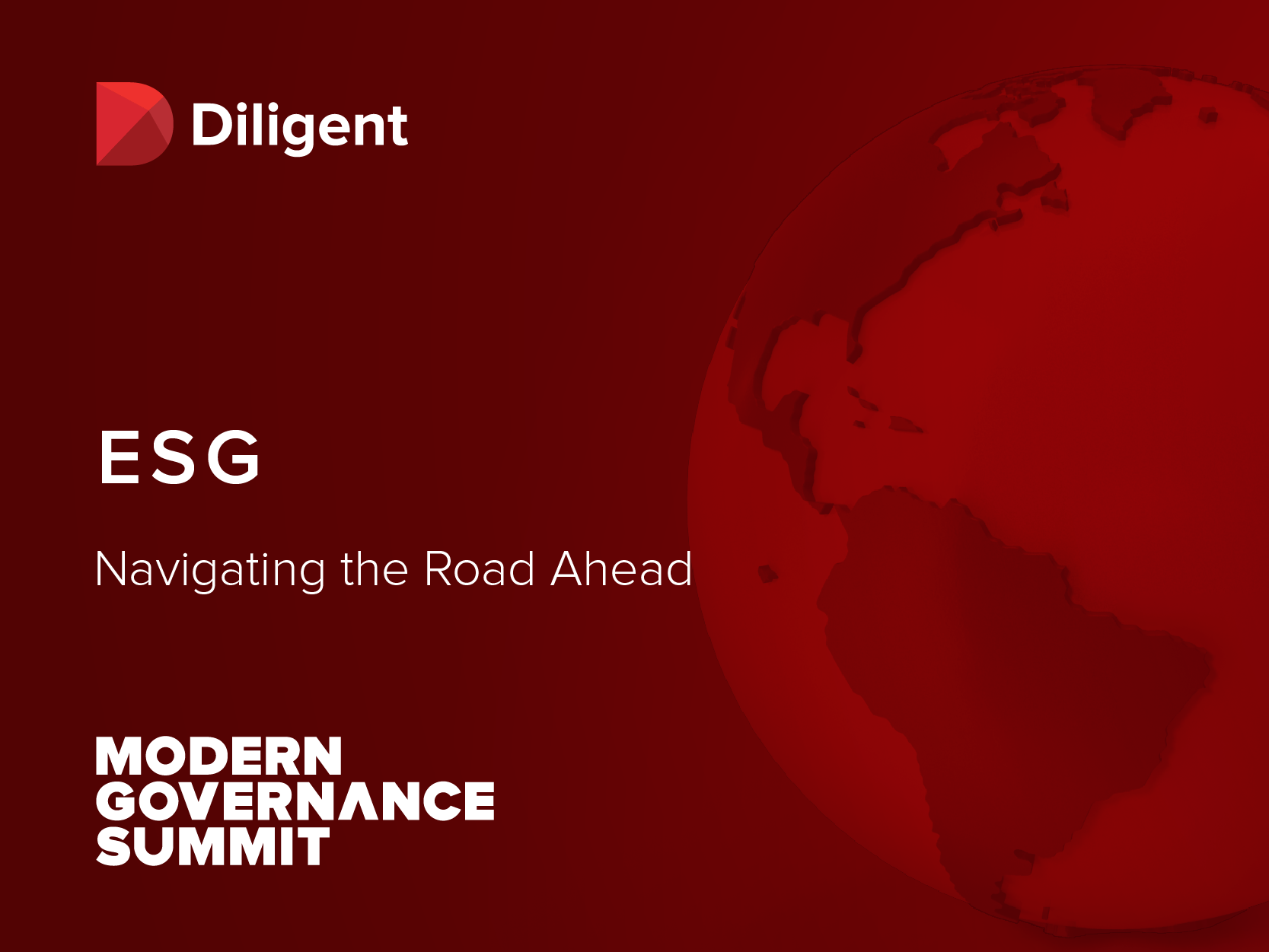Boards have many areas to oversee and many duties related to overseeing management. Rapid changes in the economic environment are providing many new issues for boards to tend to. The breadth of issues creates time management problems as boards scramble to prioritize the most pressing issues. This is one of many reasons that CEO succession and overseeing human capital management gets pushed out to the margin. Board directors send cultural messages by the decisions they make. Pushing oversight over human capital management down the list of priorities has a trickle-down effect on talent recruitment and employee development.
Board directors need to know the risks of failing in their duties to properly oversee human capital. While this duty isn't necessarily always the top priority, it's an issue that boards need to address. Boards can best address oversight of human capital by putting together an underlying structure and making time to receive and review reports. Hiring and retaining the best employees helps to build the most successful companies.
Knowing and Assessing the Risks: Board Oversight in Human Capital Management
High-performing boards know that one of the top three risks relates to human capital. A robust risk management plan must include a comprehensive evaluation of human capital risks and opportunities. The talent that employees bring to companies is a great driver for innovation and growth that helps companies keep a competitive edge.
The talent strategy needs to align with the business strategy when addressing issues such as talent gaps, talent shortages, mergers and acquisitions, and using replacement workers. A healthy board culture begins at the top and filters down to the frontline employees. A positive board culture promotes honesty and integrity, whereas a negative board culture overlooks issues such as low engagement, poor ethics and careless risk-taking.
EY offers a glimpse of risks related to human capital management as listed in their publication, 'Adding Value.' EY shows a table that ranks human capital risks in their order of significance as they were identified by 172 global companies, along with the percentage of companies that rated them for significance:
- Shortage of critical skills within the company's workforce: 69.9%
- Compliance and regulatory issues: 59.1%
- Succession planning/leadership: 55.8%
- Pipeline: 52.1%
- Gap between talent capabilities and business goals/shortage of critical skills within the company's workforce: 51.3%
- Employee engagement: 49.1%
- Ethics: 43.1%
- Loss of critical knowledge through attrition: 38.7%
- Labor costs: 38.1%
- Intellectual property loss or violation: 37.7%
- Managing talent through mergers and acquisitions: 34.8%
- Behaviors and practices that undermine diversity: 32.7%
- Company's inability to compete for critical talent: 32.3%
- Excessive turnover/failure to retain critical talent: 27.8%
- Alignment of pay and performance: 26.5%
- Executive compensation: 25.0%
- Outsourcing and vendor management: 22.3%
- Globalization/offshoring: 20.9%
- Unionization/labor relations: 16.3%
- Excessive risk-taking: 13.1%
- Use of contingent workers: 10.8%
Developing a Structure for Dealing With Human Capital Risks
It's important for boards to define oversight needs for human capital management. Ordinarily, boards will factor in such things as their business cycle, their strategic planning, the nature of risks, their risk profile, their strategy for acquiring talent and the overall business environment.
Boards can do several different things to ensure the quality of the board's oversight over talent. As with any other issue that the board doesn't have time to address, boards can set up a human resources committee and charge it with addressing human capital. One of the duties of such a committee could be to develop a common language and strong analytics capabilities to give boards access to information on talent and encourage use of those tools by the human resources, finance and risk management departments.
The committee's charter addresses the board's oversight responsibility for succession planning, CEO recruitment and development, board diversity, benefits, human resources compliance, risk management, non-executive compensation and oversight of human capital. As pay equity continues to be a top governance topic, boards are more interested in how they can balance executive compensation with the pay rates of lower-level workers.
Boards should review the human resources committee charter (or whichever committee handles it) annually. The review should include the key areas of talent building, productivity, employee tenure, and the overall organizational culture and climate.
As a check and balance for the due diligence of the committee, boards can require that those committees that are responsible for overseeing human capital do an annual self-assessment so that committee members can provide feedback on the committee's efforts.
The committee chair and the committee composition play a role in the effectiveness of human capital oversight. In keeping with best practices, it's best if the compensation committee is fully staffed with independent board directors. The committee chair should have experience in strategic human resources as well as fundamental compensation experience.
Another thing that boards can do is to assign someone to be the Chief Human Resources Officer (CHRO) and charge that individual with being the steward of human capital. Boards can invite the CHRO to make periodic presentations to the board to help the board to better understand the organization's human capital priorities and get better acquainted with talent issues. For consistency in this effort, the CHRO may offer to be available to make a presentation on human capital efforts and risks on a quarterly or an annual basis. Boards should put these presentations on their calendars and request them to be put on the board meeting agenda.
Final Thoughts On Human Capital Management
There's no consistency of thought when it comes to whether overseeing human capital is the primary responsibility of management or the board. While management usually takes the lead in overseeing human capital, it doesn't relieve board directors from their responsibilities as part of overall oversight for the company.
Human capital management is an area that's been getting more attention in recent years because of its direct impact on corporate success. It's an issue that's reflective of modern governance and one that's worthy of the board's attention. The products offered by Diligent Corporation support every aspect of modern governance. Diligent Boards provides a secure platform for human resource oversight committees to complete their work in a highly secure environment.





